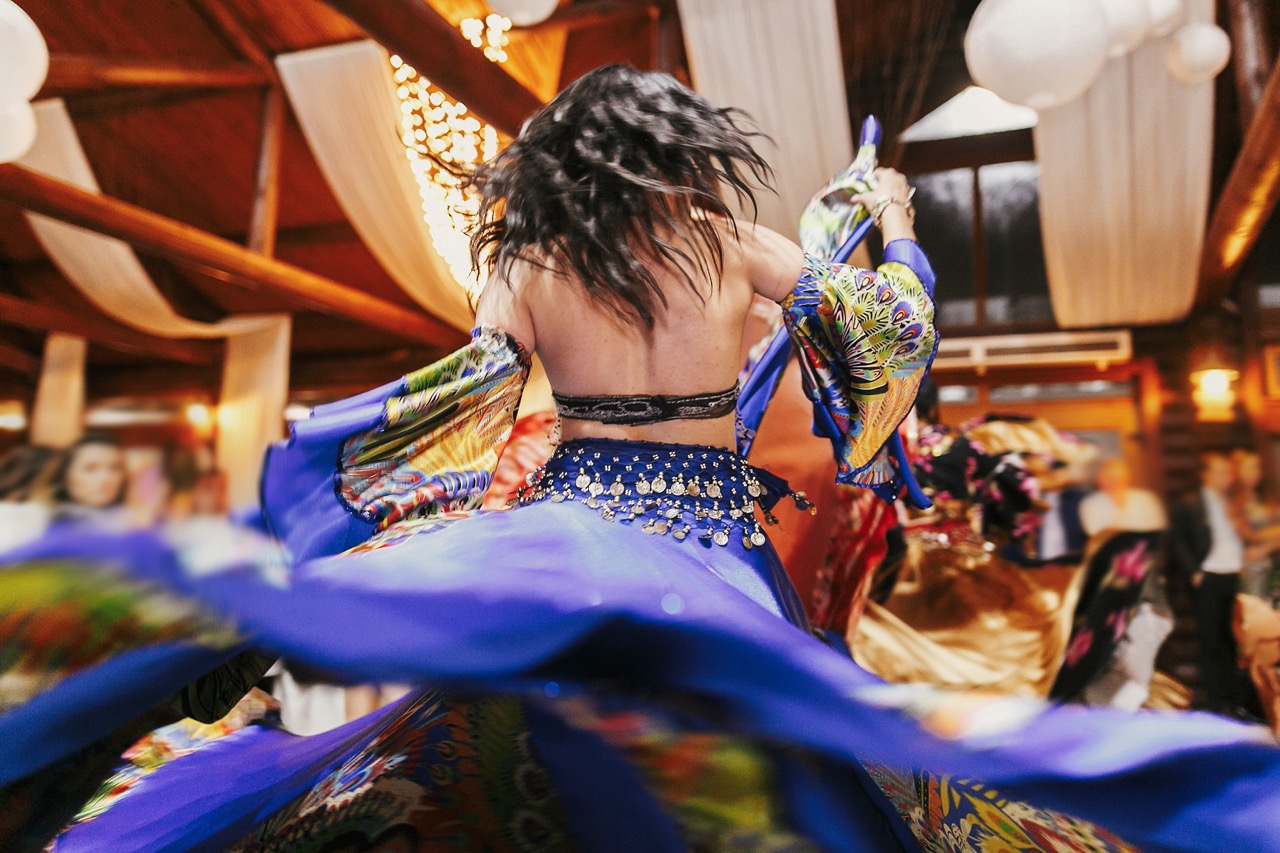Dance transcends the mere act of moving to music; it is a multifaceted art form that plays a vital role in childhood development. While often viewed as a source of entertainment, dance offers profound benefits that nurture a child’s physical, emotional, and social capabilities. This article explores how dance acts as a catalyst for cognitive growth, enhances physical coordination, serves as a form of emotional expression, and fosters social skills through community engagement.
Dance as a Catalyst: Nurturing Young Minds Through Movement
The rhythm of music and the freedom of movement combine to create an engaging environment for children, stimulating their cognitive functions. Dance encourages exploration and creativity, allowing young minds to experiment with different ways of expressing themselves. As children learn various dance styles, they also engage in problem-solving and critical thinking, whether it’s figuring out choreography or improvising movement. This cognitive engagement nurtures neural connections, enhancing their overall learning capacity.
Additionally, dance incorporates elements of memory and sequence, crucial aspects of cognitive development. Memorizing steps and routines can help improve a child’s memory skills and cognitive flexibility, allowing them to adapt to new situations with ease. As they practice and perform, children often experience a sense of achievement that boosts their self-esteem and motivates them to tackle new challenges in other areas of their lives.
Moreover, dance encourages discipline and focus, as mastering a routine requires dedication and attention to detail. In this way, dance acts as a microcosm for broader educational experiences, teaching children how to set goals, work hard, and celebrate their successes. By fostering a love for movement and creativity, dance becomes a powerful tool for nurturing young minds, preparing them for a lifetime of learning and exploration.
Building Blocks of Coordination: The Physical Impact of Dance
Dance serves as an exceptional platform for improving a child’s physical coordination. Through various movements—whether it be leaps, turns, or footwork—children develop essential motor skills that enhance their overall bodily control. The dynamic nature of dance requires children to engage multiple muscle groups, promoting strength, flexibility, and balance. This physical engagement is particularly beneficial during critical periods of development when motor skills are being honed.
Furthermore, dancing aids in the development of spatial awareness, allowing children to understand their body in relation to their environment. This awareness is foundational not just in dance but in many physical activities and sports. As children learn to navigate space while dancing, they cultivate an understanding of body mechanics and movement that translates to improved performance in other physical pursuits.
In addition to these physical guidelines, dance classes often incorporate elements of rhythm and timing, enhancing a child’s ability to synchronize movements with music. This synchronization requires practice and repetition, both of which contribute to muscle memory. As children progress in their dance training, they gain a sense of achievement that fosters a positive body image and encourages a lifelong appreciation for physical activity.
Expressing Emotion: Dance as a Language for Children
Dance provides children with a unique language for expressing their emotions, often in ways that words cannot capture. Through movement, children can convey feelings of joy, sadness, anger, or excitement, offering an outlet for emotional release. This non-verbal communication fosters emotional intelligence, as children learn to recognize their feelings and the feelings of others, enhancing their empathy and emotional awareness.
Engaging in dance can also serve as a form of therapy for children experiencing anxiety or stress. The act of moving rhythmically allows children to release pent-up energy and emotions, resulting in a cathartic experience. Whether in a structured class or free-form dance, the freedom of movement helps children process their feelings in a healthy manner, promoting mental well-being and resilience.
Moreover, dance encourages storytelling through movement, allowing children to explore narratives and themes that resonate with their own experiences. As they interpret music and choreography, children learn to connect emotionally with stories and characters, enriching their imaginative capabilities. This ability to express and interpret emotions through dance not only nurtures their creative instincts but also prepares them for effective communication in all aspects of life.
Social Skills and Teamwork: The Community of Dance Classes
Participating in dance classes provides children with invaluable opportunities to develop social skills. The shared experience of learning choreography or performing fosters camaraderie among peers, teaching children the importance of collaboration and teamwork. In these settings, children learn how to communicate with one another, sharing ideas, providing feedback, and supporting each other’s progress, creating a sense of community and belonging.
Dance also teaches children about respect and adaptability. Working in groups requires understanding different perspectives and accommodating others’ styles and abilities. These collaborative skills are essential, as they transcend the dance floor and become integral to functioning in broader social contexts, such as classrooms and future workplaces. By learning to navigate group dynamics through dance, children build a strong foundation for healthy relationships.
Additionally, dance classes often culminate in performances, providing children with the experience of working towards a collective goal. The anticipation and excitement surrounding a performance teach children about commitment, responsibility, and the value of hard work. Celebrating their achievements together further solidifies their bonds and instills a sense of pride, reinforcing the idea that success is often a shared journey.
In conclusion, dance is far more than a fun activity for children; it is a powerful tool for holistic development. By fostering cognitive growth, enhancing physical coordination, providing emotional outlets, and promoting social skills, dance plays an integral role in shaping well-rounded individuals. As children engage in the art of dance, they not only develop essential life skills but also cultivate a lifelong passion for movement, creativity, and community. Thus, embracing dance within childhood development is not just beneficial; it is essential for nurturing the leaders of tomorrow.










